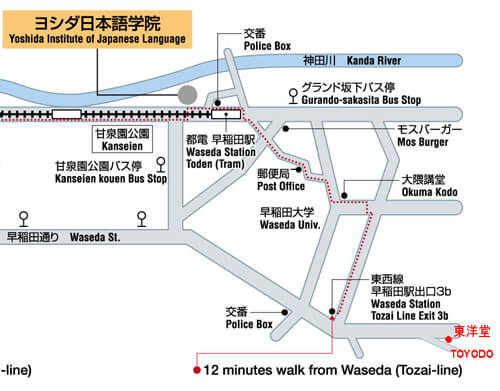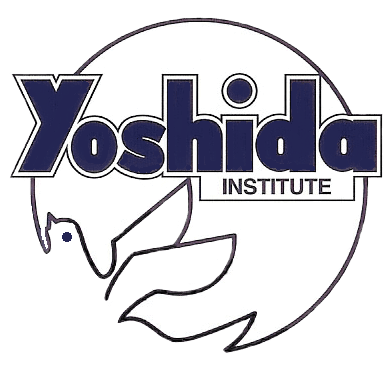Students generally enroll in the National Health Insurance system once they arrive in Japan. Under this system, you must pay monthly premiums. You will be issued an insurance card, which allows you to receive medical treatment at only 30% of the cost by showing the card at a medical facility. You enroll at the civic center of the ward where you reside in Tokyo. The cost varies depending upon the ward where you live but the cost for one year is usually around ¥15,000. On top of this, the insurance students with student visas obtain from Yoshida covers the 30% not paid for by National Health Insurance in the case of sickness or accidents, so a student who crashes their bicycle is 100% covered in cases of injury! (Wounded pride is not covered.)
more detailed: The National Health Insurance(PDF-2771 kb)
Procedures for Withdrawal
Please be sure to return your National Health Insurance card.
- If you have moved out of City/word.
- If you plan to leave Japan (return to your home country).
The insurance fee covers basic liability insurance for all students while they attend classes at Yoshida. In addition, students with student visas are covered at school and outside of school for both accidents and general sickness. The insurance is good for as long as the student studies at Yoshida, whether for six months or two years, with no annual renewal fee.
more detailed: Student Insurance(PDF-853 kb)
| Insurance Coverage (Student Visa students only) | |||||
| Ⅰ Indemnity for loss of life and permanent disability | ¥2,000,000 | ||||
| Ⅱ Liability compensation | ¥30,000,000 | ||||
| Ⅲ Indemnity for medical treatment expenses | ¥100,000 | ||||
| Ⅳ Relief person expense | ¥1,000,000 | ||||
If you have your own account at bank, you utility expenses and telephone bills could be drawn automatically from your bank account. At the same time, money such as part-time job salary, could also be paid into your account automatically and living expenses and school expenses could be received easily from your parents if you have an account.
Necessary documents for opening an account
- your residence card.
- you should write your name in katakana.
- Please decide personal identification number with 4 digits.(before going to bank.)
- Cash card will be sent to you later by post.
- Seal (Inkan) is required to open a bank account with Japan Postal bank, banks.)
You can make your personal Inkan at Toyodo (Please refer to a lower figure.) A seal on which your name in hiragana or katakana has been engraved is OK. It costs from 1200 yen to 1500 yen. 2 or 3days to get your seal.
SHINSEI BANK-Ikebukuro branch
We mainly provide services in Japanese at the branches. There are some branches with English speaking staffs, but not always available. Please visit our branch with someone who can understand Japanese if you have concerns about communication.
- You must be a resident of Japan with a contact phone number to confirm the details of your account application form. “Period of Stay” on the Residence card is at least 1 year.
- Residence Card (Check if the address on the card is your current address.)
- your seal is not required.
- To open an account.
- More Information : Ikebukuru Branch.

There are several mobile company in Tokyo. To buy a smart phone and begin a new smart phone service subscription, you must have a bank account in Japan. In general, you are required to present your bankbook, residence card, passport, and a statement of parental approval (for those below age 20). For details, consult the websites of the respective service providers.
- au (KDD) : au(KDD)
- Soft Bank : Softbank / Shops with English-speaking staff
- DOCOMO : docome / by phone( in English, Portuguese, Chinese, and Spanish)






